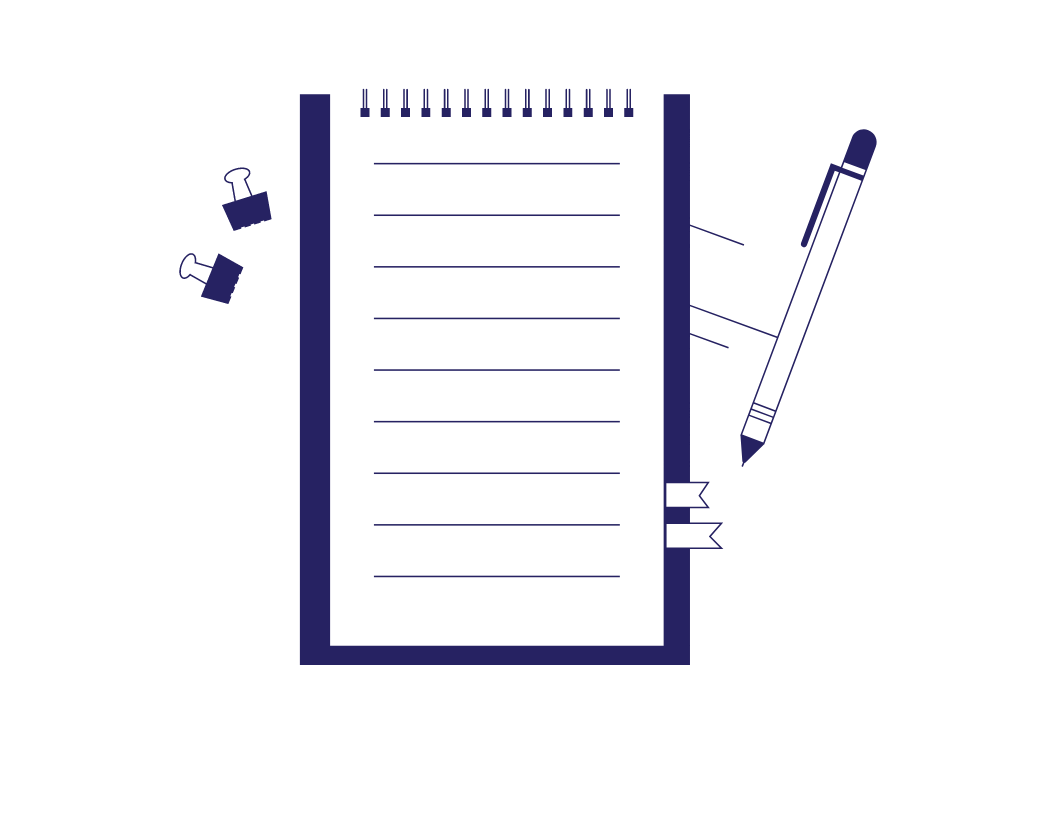
- 2-minute read
- 28th March 2021
How to Cite a Patent in Chicago Footnote Referencing
If you are writing about technical subjects, you might need to cite a patent at some point. But how do you do this using Chicago footnote referencing? Our post below will explain how to format both in-text citations and bibliography entries.
Citing a Patent in Chicago Footnote Referencing
As with any source in Chicago footnote referencing, you cite a patent by adding a superscript number in the text. For example:
The electromagnetic suspension system was extremely effective.1
This will point to a footnote where you give full details for the source the first time you cite it. For a patent, this will look like this:
n. Patent Holder’s Name, name or description of invention, country code and patent number, date filed (if known) and date issued.
In practice, the first footnote citation of a patent would therefore look like this:
1. Paul Stokes and Philip Webb, Sonar data enhancement systems and methods, GB Patent 2,550,716, filed December 29, 2015 and issued July 7, 2016.
For repeat citations, you can just give the patent holder’s surname and a shortened name of description for the invention. For more on repeat citations, see here.
Find this useful?
Subscribe to our newsletter and get writing tips from our editors straight to your inbox.
Patents in a Chicago Bibliography
As with any source, you should list any patents you cite in the bibliography at the end of your document. References for patents use the same information as the first footnote citation. However, they are formatted in a slightly different way:
Patent Holder’s Surname, First Name. Name or description of invention. Country code and patent number, date filed (if known) and date issued.
Our footnote example would therefore look like this in the bibliography:
Stokes, Paul, and Philip Webb. Sonar data enhancement systems and methods. GB Patent 2,550,716, filed December 29, 2015 and issued July 7, 2016.
Note that only the first patent holder’s name is inverted. If more people are named, you can give their names in the conventional order (i.e., first name + surname). Don’t forget to use a hanging indent for each line after the first in each entry, too.
Expert Chicago Referencing Proofreading
Our academic editors are experts with Chicago referencing, so we can help you make sure your referencing is error free. And if you want to see how we work first, you can submit a free trial document for proofreading today.






